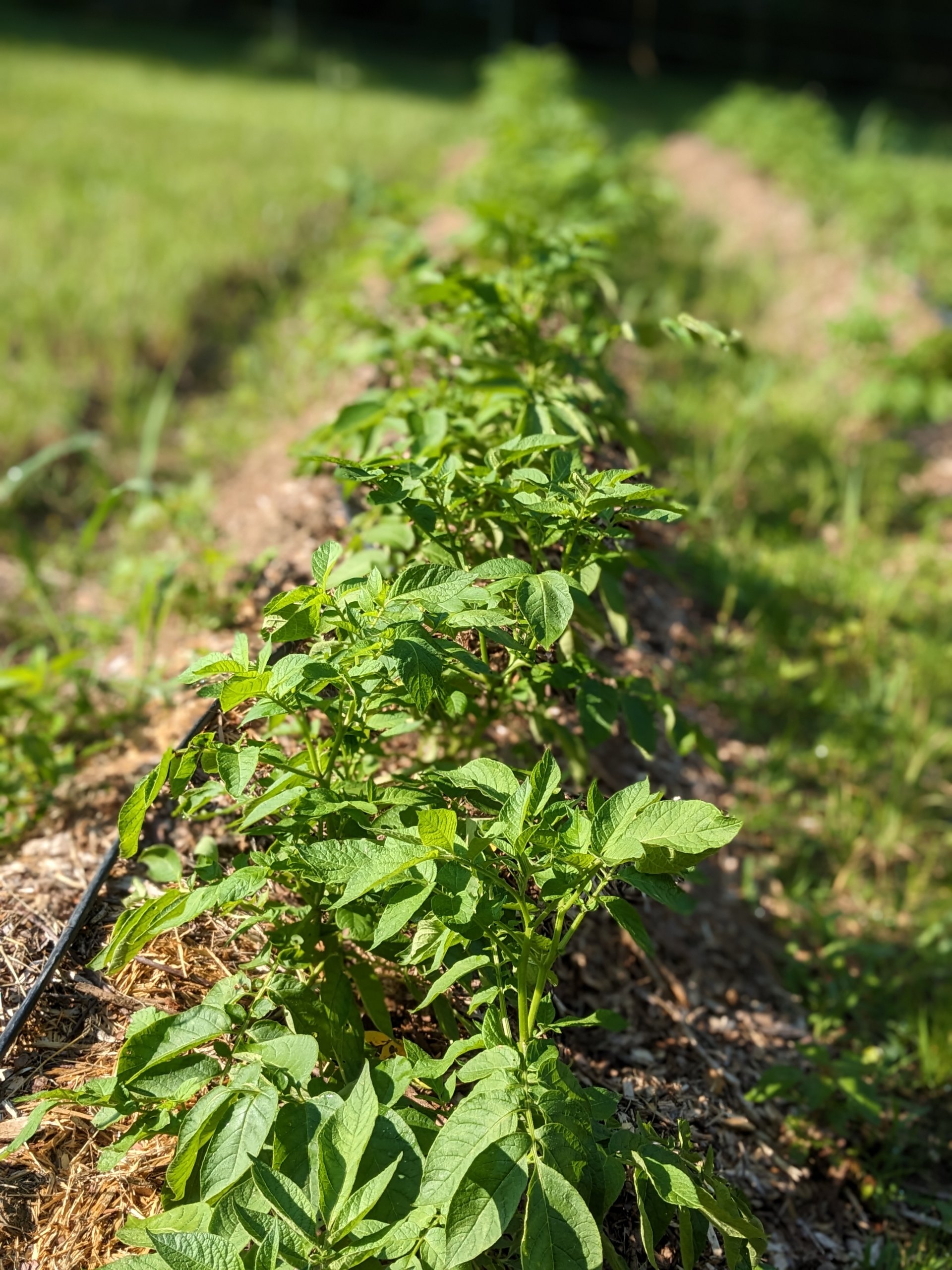
Learn to Plant and Grow Potatoes
Come join us for a fun and educational event where you can learn all about planting potatoes! Whether you’re a seasoned gardener or a beginner, this in-person event in Bennett, NC, USA is perfect for anyone interested in growing their own potatoes.
During this hands-on workshop, our farmer will guide you through the potato planting process. From cutting up seed potatoes, preparing the soil and planting potatoes, you’ll gain valuable knowledge and practical skills to grow a bountiful potato harvest. You’ll actually get to work in the soil to get potatoes in the ground and ready to go.
This class starts out by planting potatoes. Following class sessions allow you to learn by doing and helping maintain the potatoes you helped plant. There will be 5 sessions between the inital date and harvest. If you come to 3 of 5 sessions (including the intial day), then you are invited to join us for the harvest day (late May / early Jun).
Discover how to plant and care for your own potatoes. Don’t miss out on this exciting opportunity to dig into the world of potato gardening!
Important note: if weather causes a delay, we will reschedule the next weekend (weather permitting)
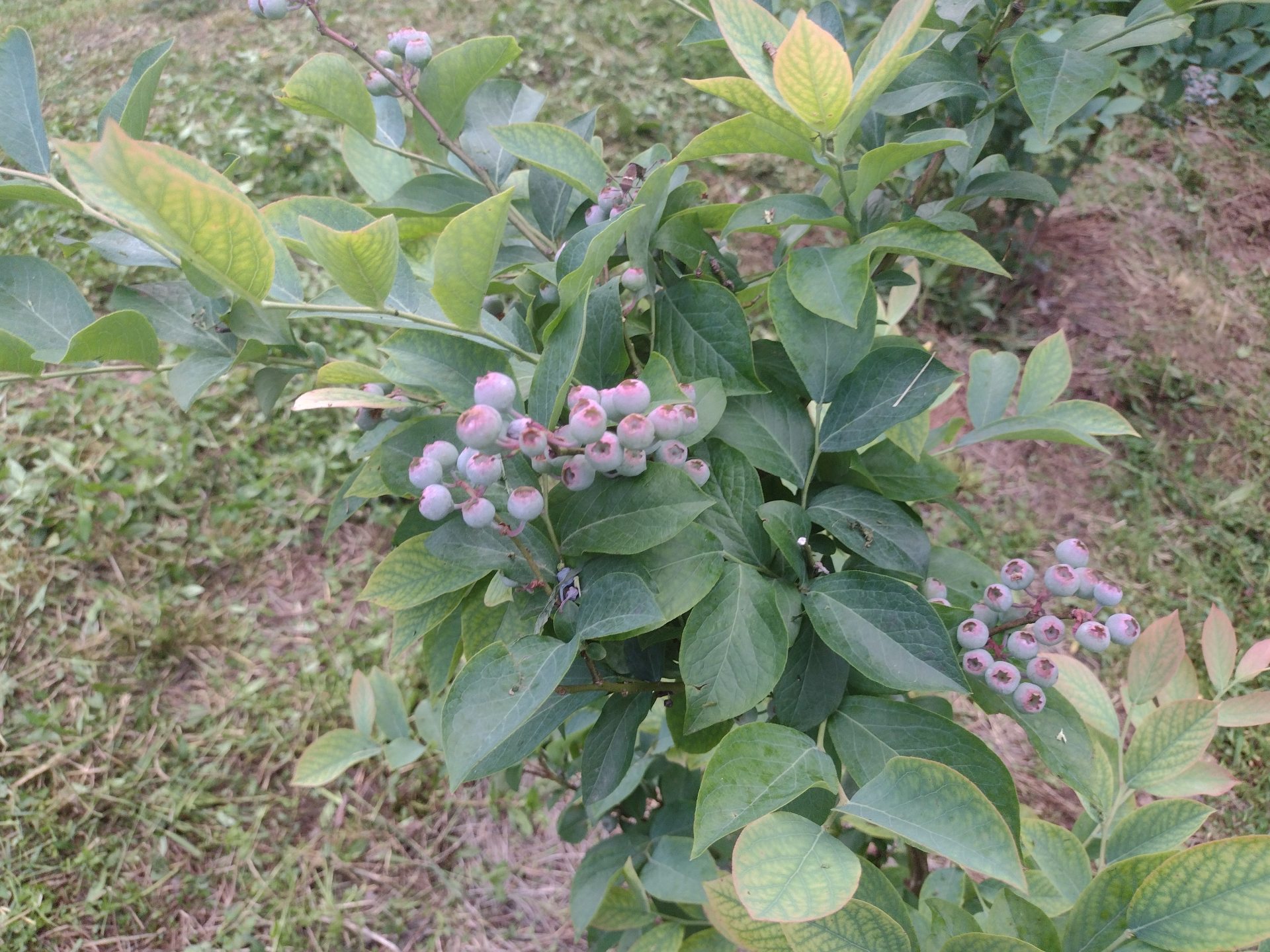


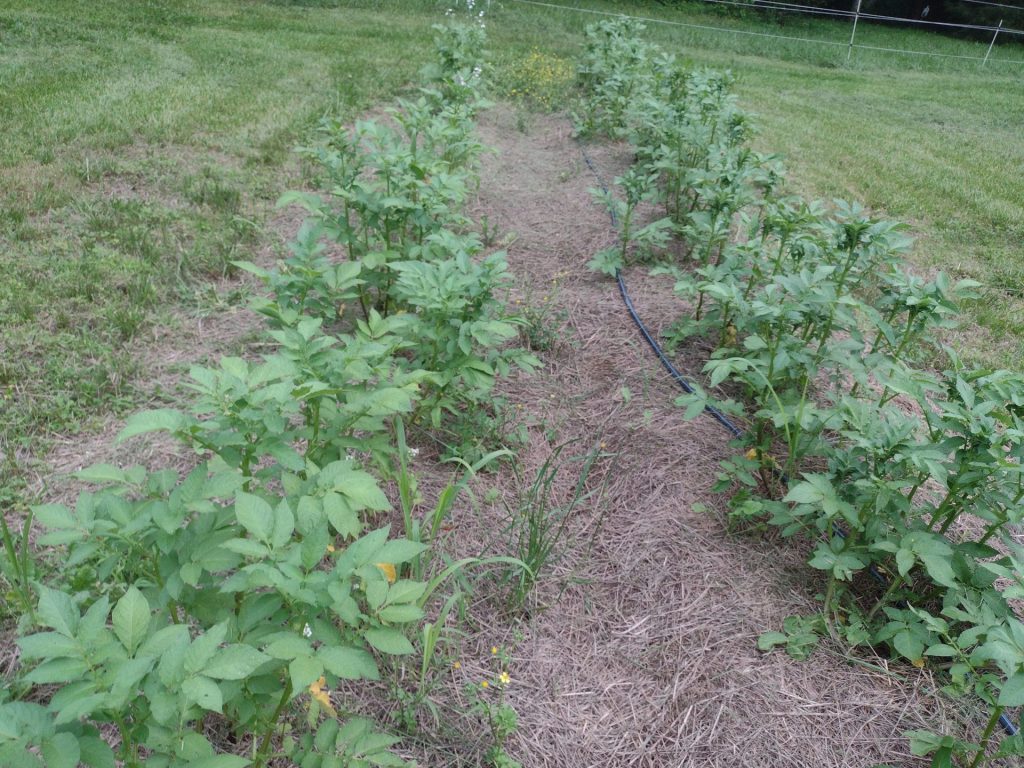

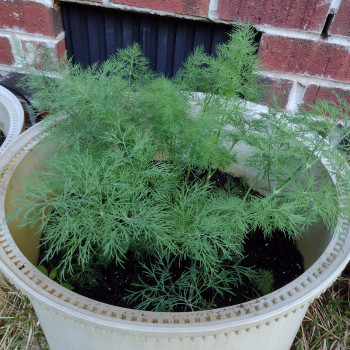
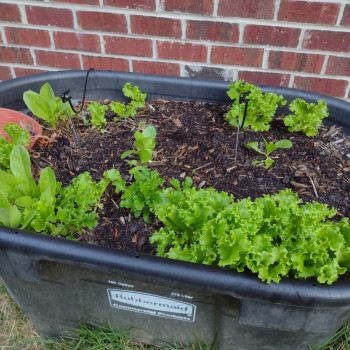
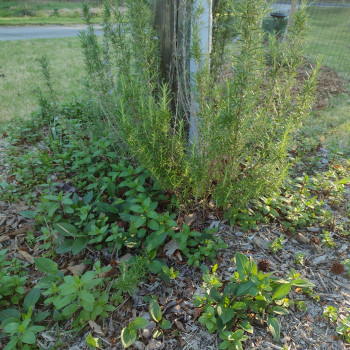





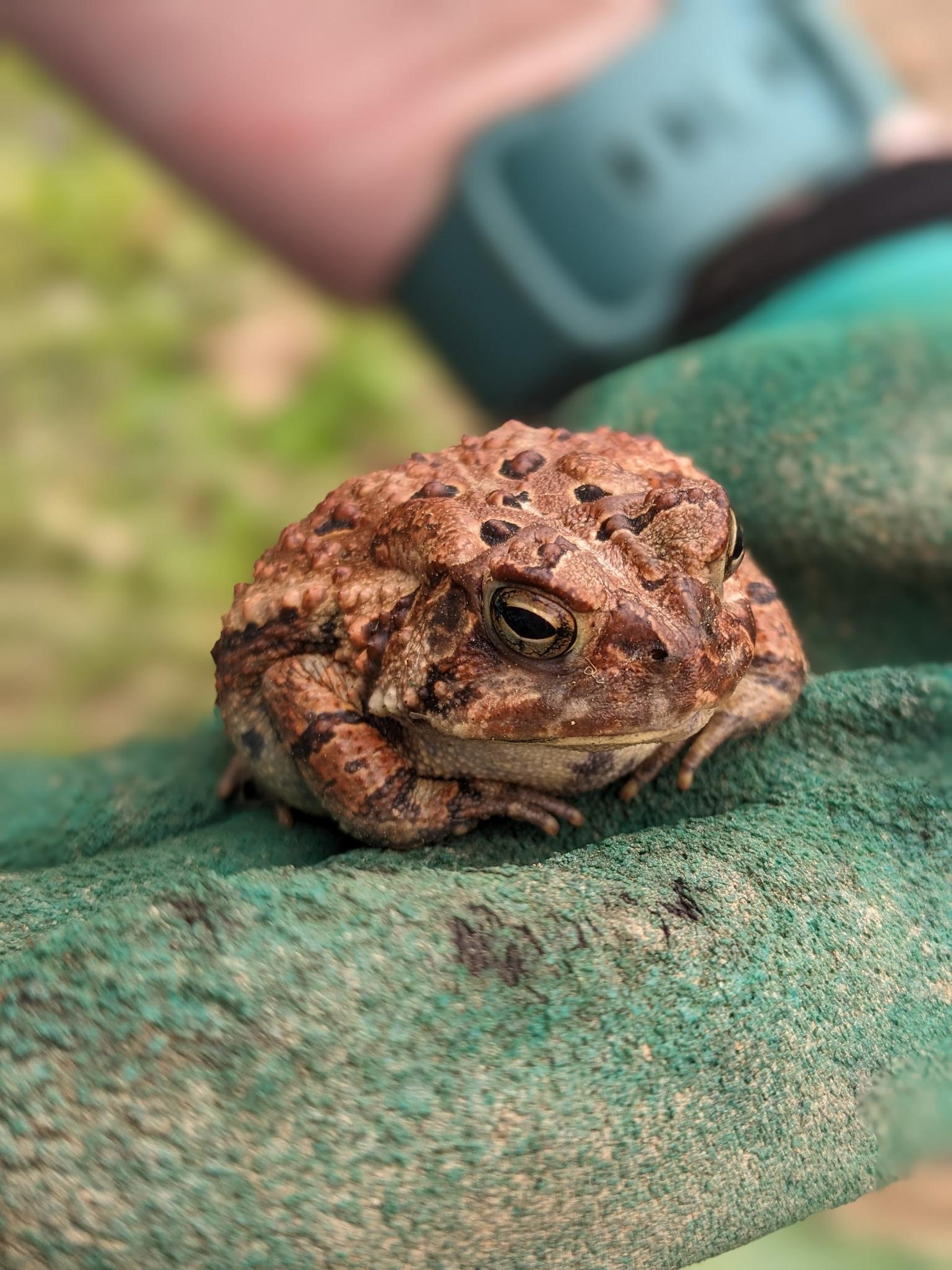





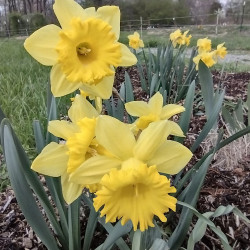

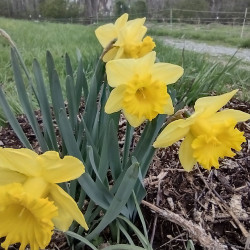
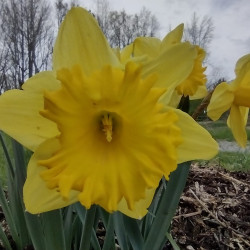
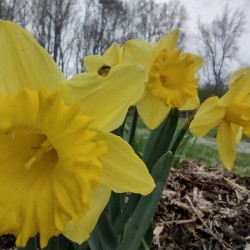


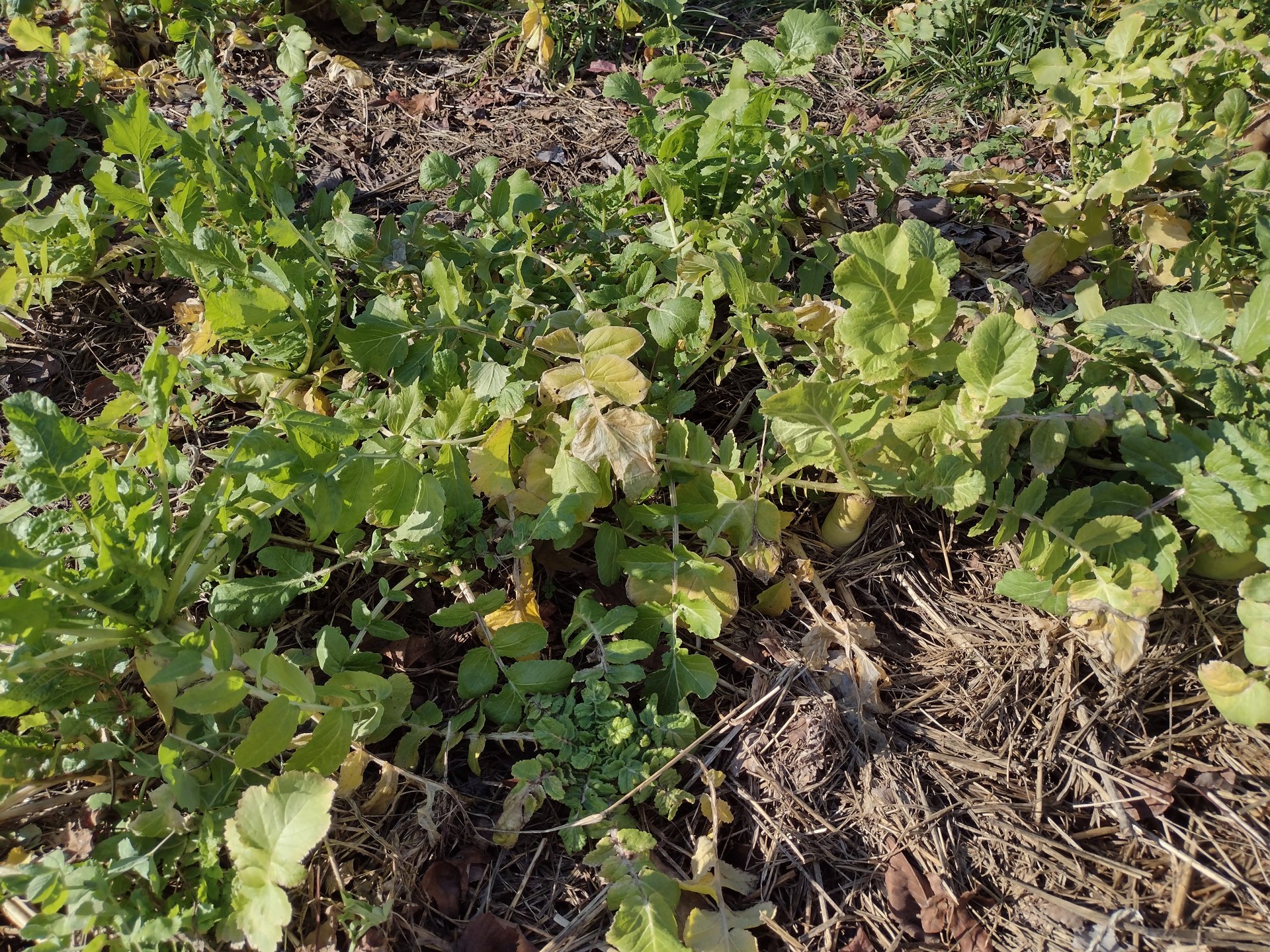
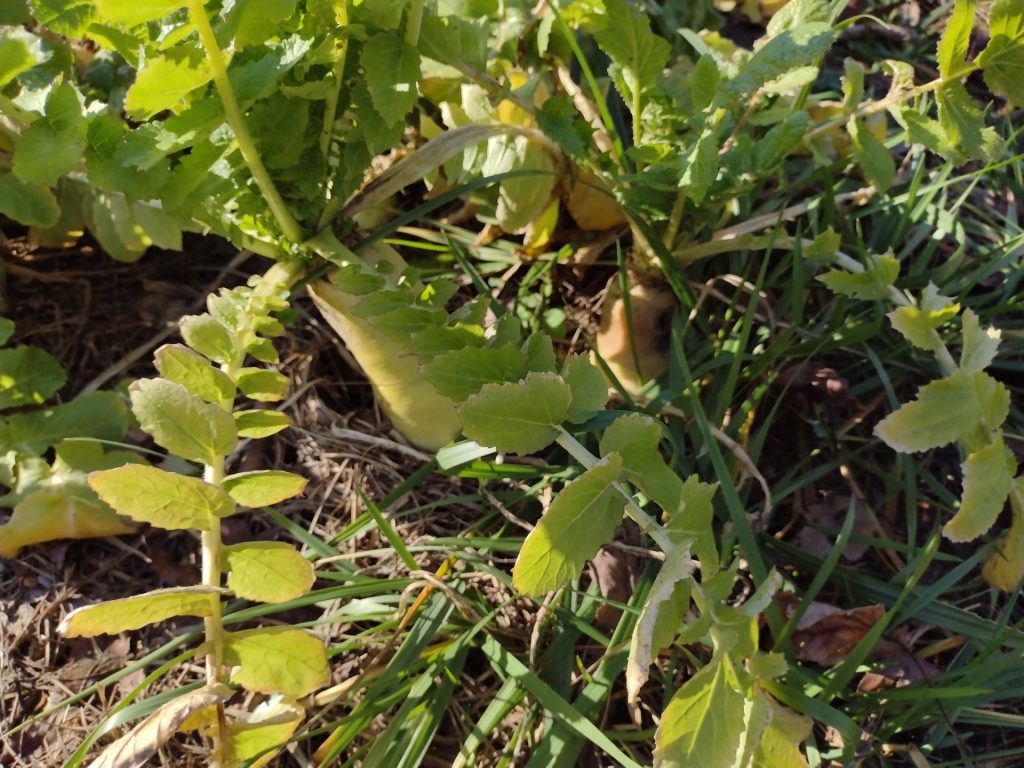


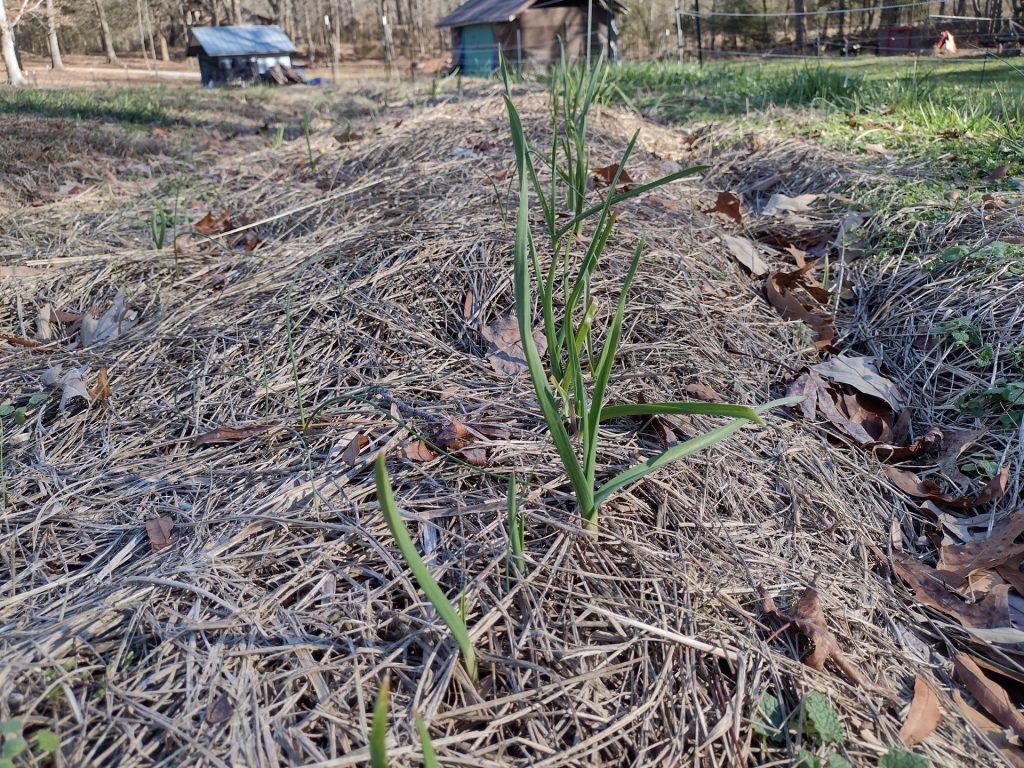

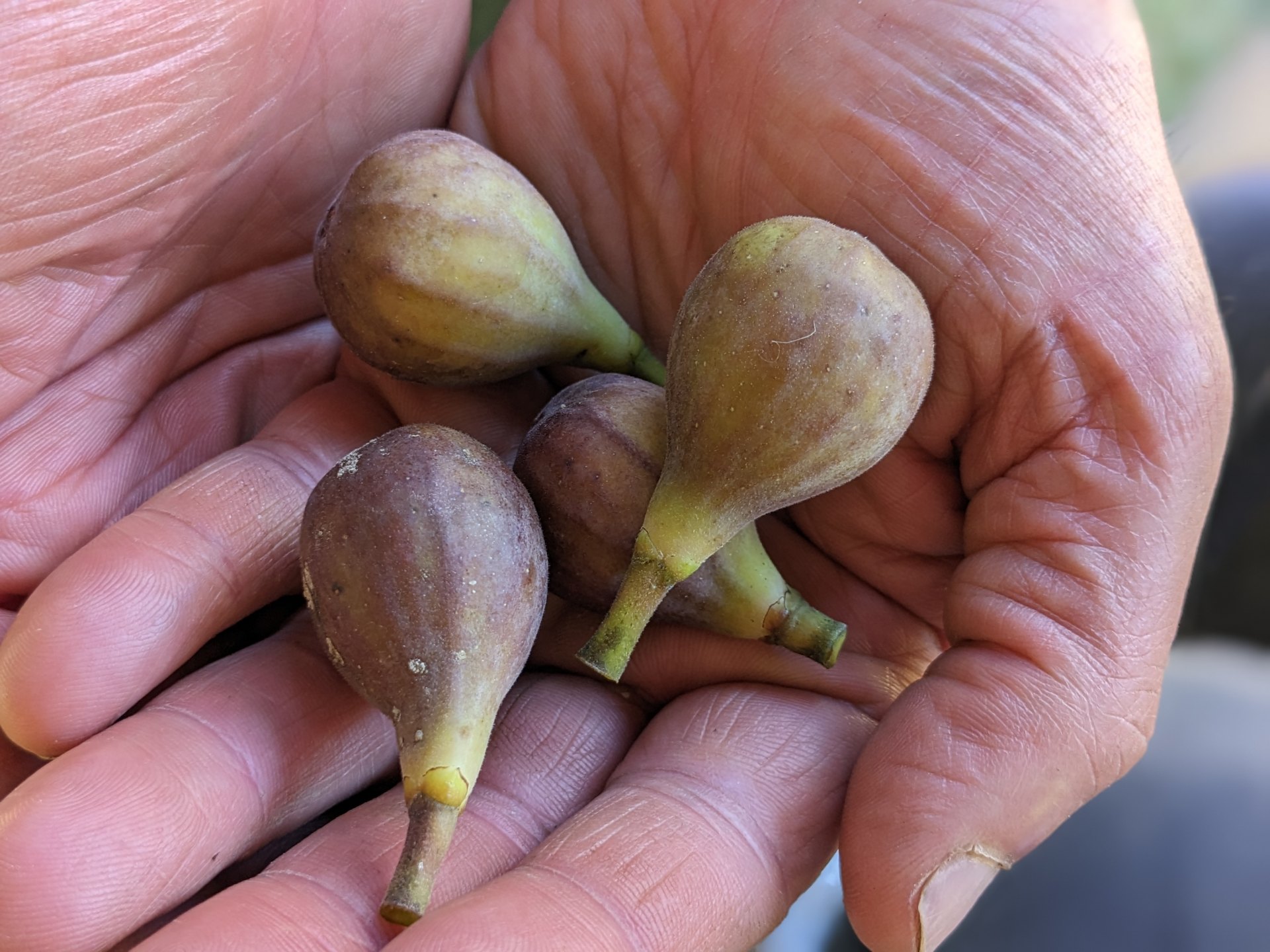

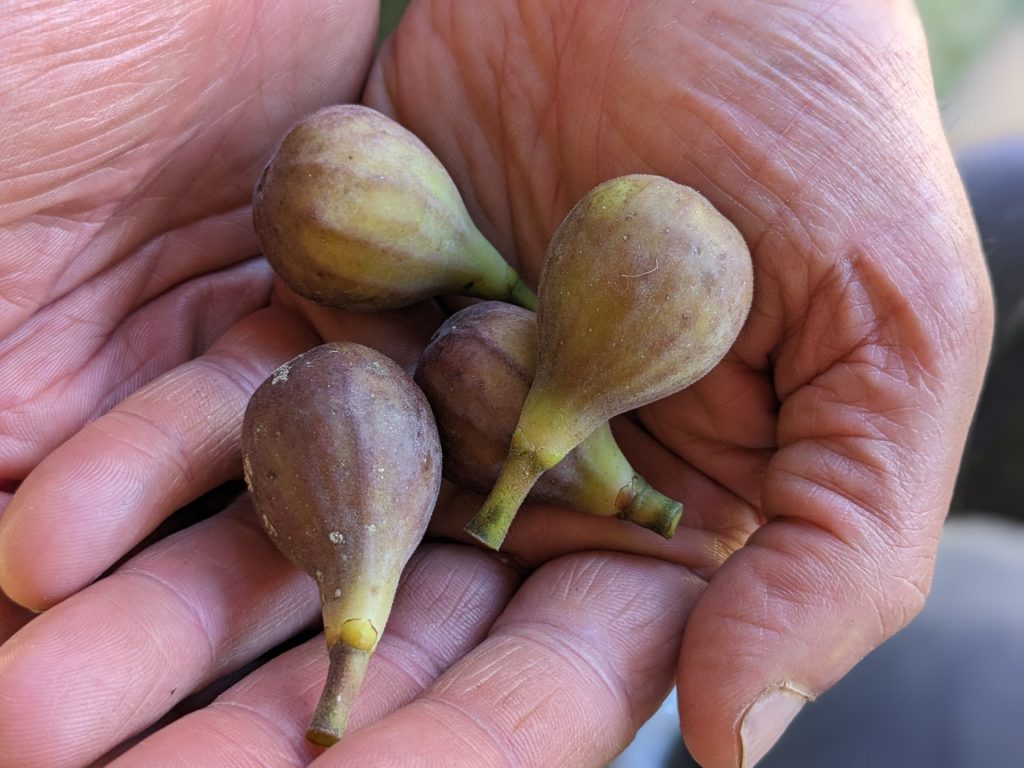


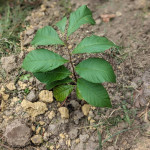
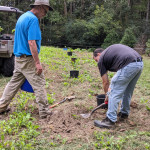
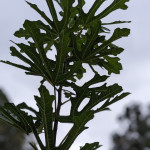











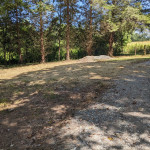





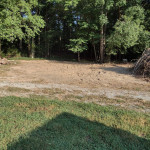
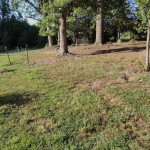






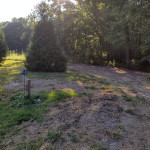
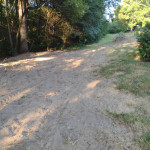



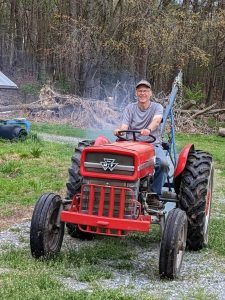 I’m a mechanical engineer turned weekend farmer, so I’m just smart enough to know that there is a lot that I don’t know especially when it comes to farming, permaculture and food forests. I’ve been heavily influenced in my love of farming and permaculture by my Mom and Dad and also by people like
I’m a mechanical engineer turned weekend farmer, so I’m just smart enough to know that there is a lot that I don’t know especially when it comes to farming, permaculture and food forests. I’ve been heavily influenced in my love of farming and permaculture by my Mom and Dad and also by people like  Connie has her certificate in Sustainable Agriculture from CCCC. She really enjoyed the classes at the community college and learned a lot. The program was a mixture of classes and work on the school farm. What she learned has really added to our technical proficiency on the farm.
Connie has her certificate in Sustainable Agriculture from CCCC. She really enjoyed the classes at the community college and learned a lot. The program was a mixture of classes and work on the school farm. What she learned has really added to our technical proficiency on the farm.